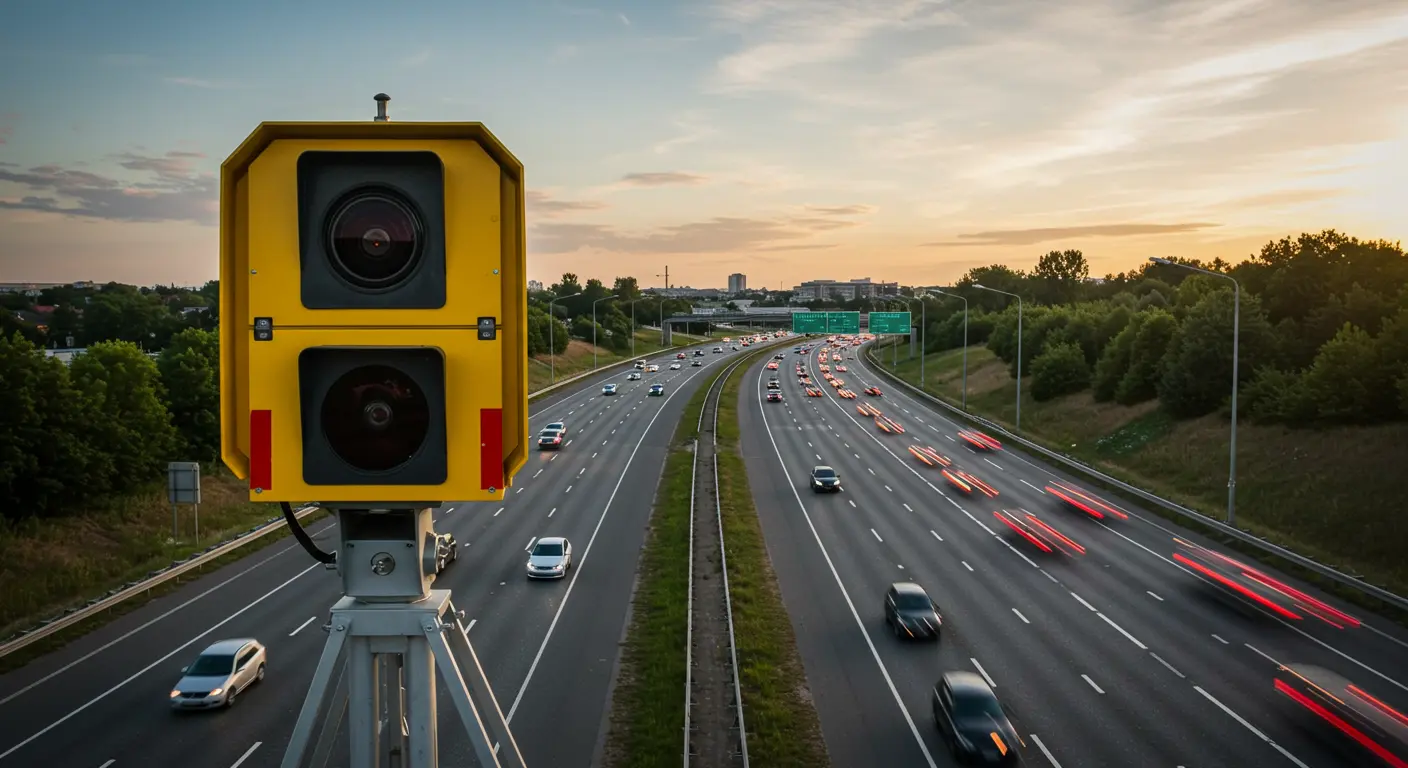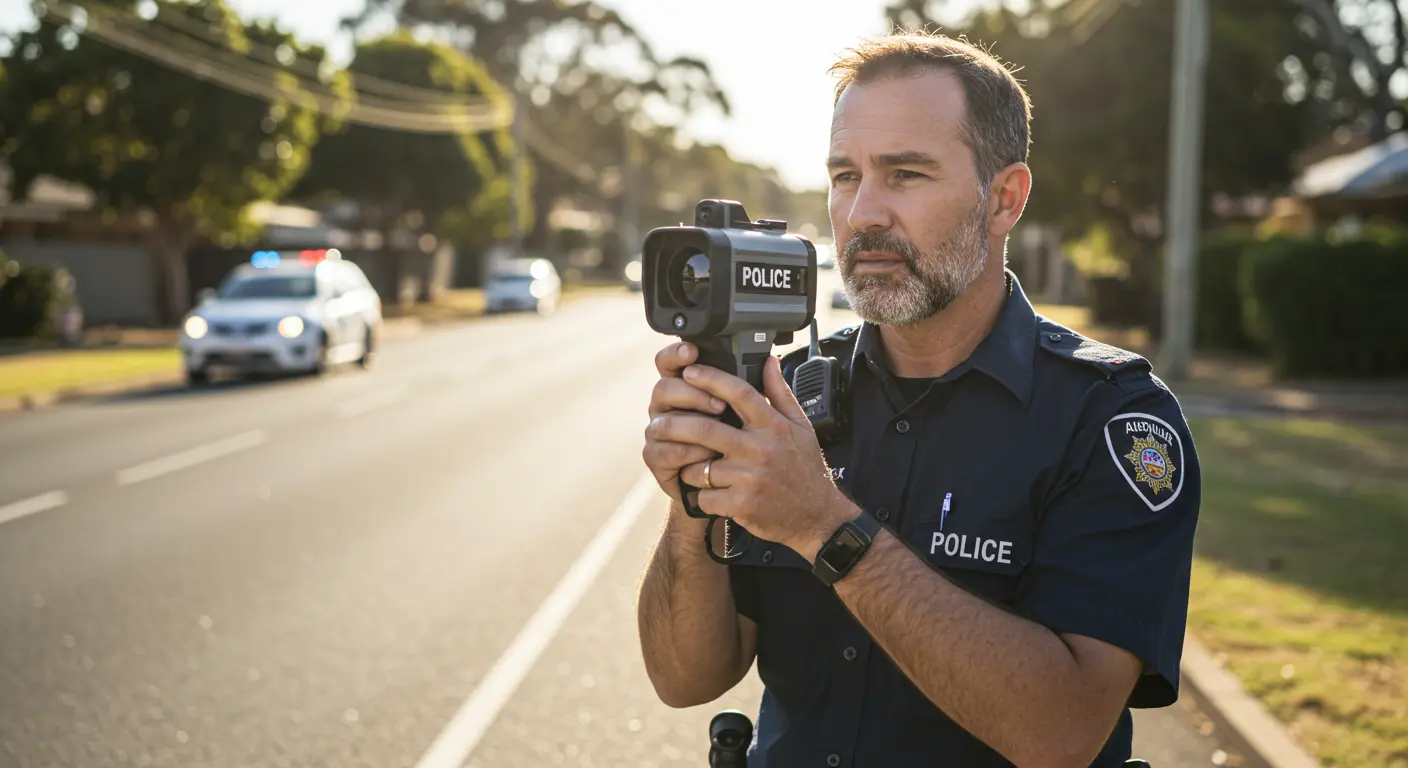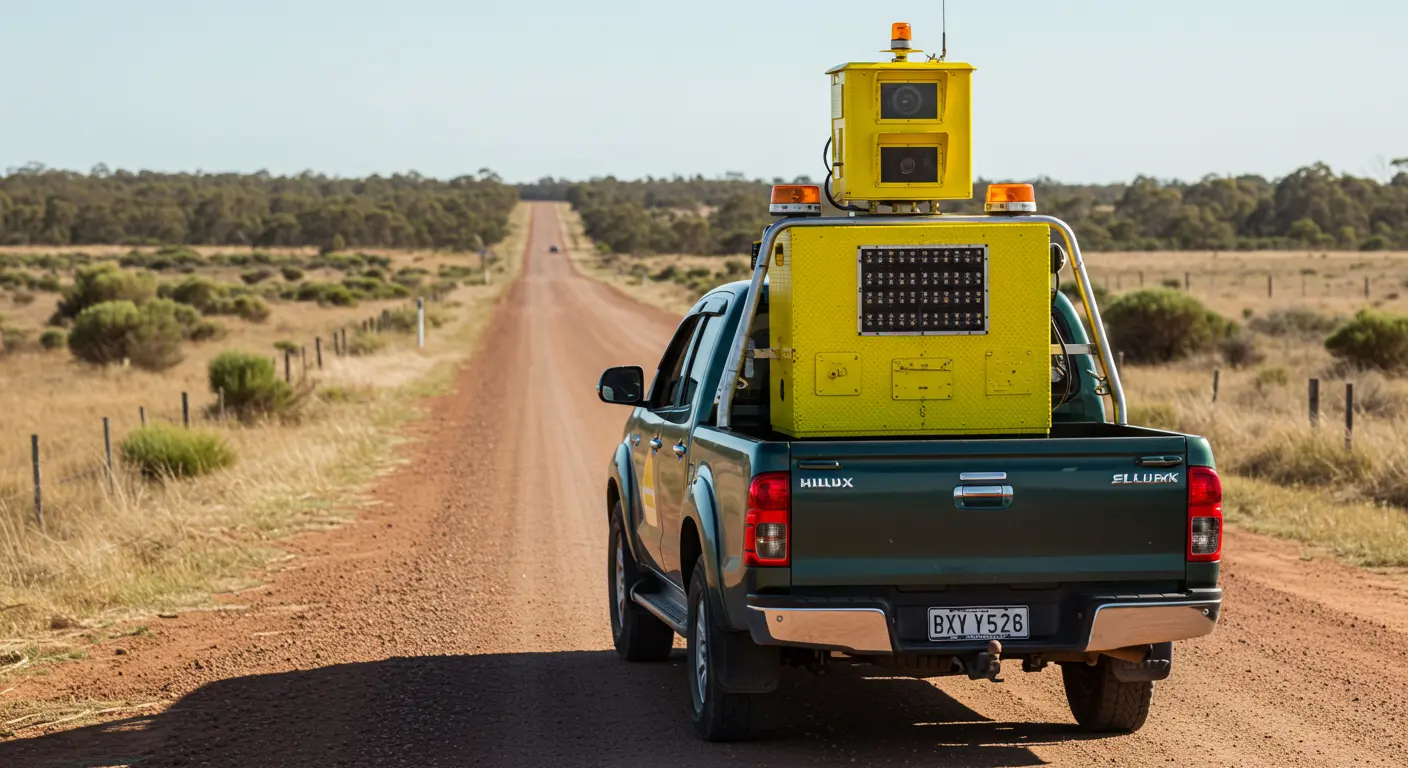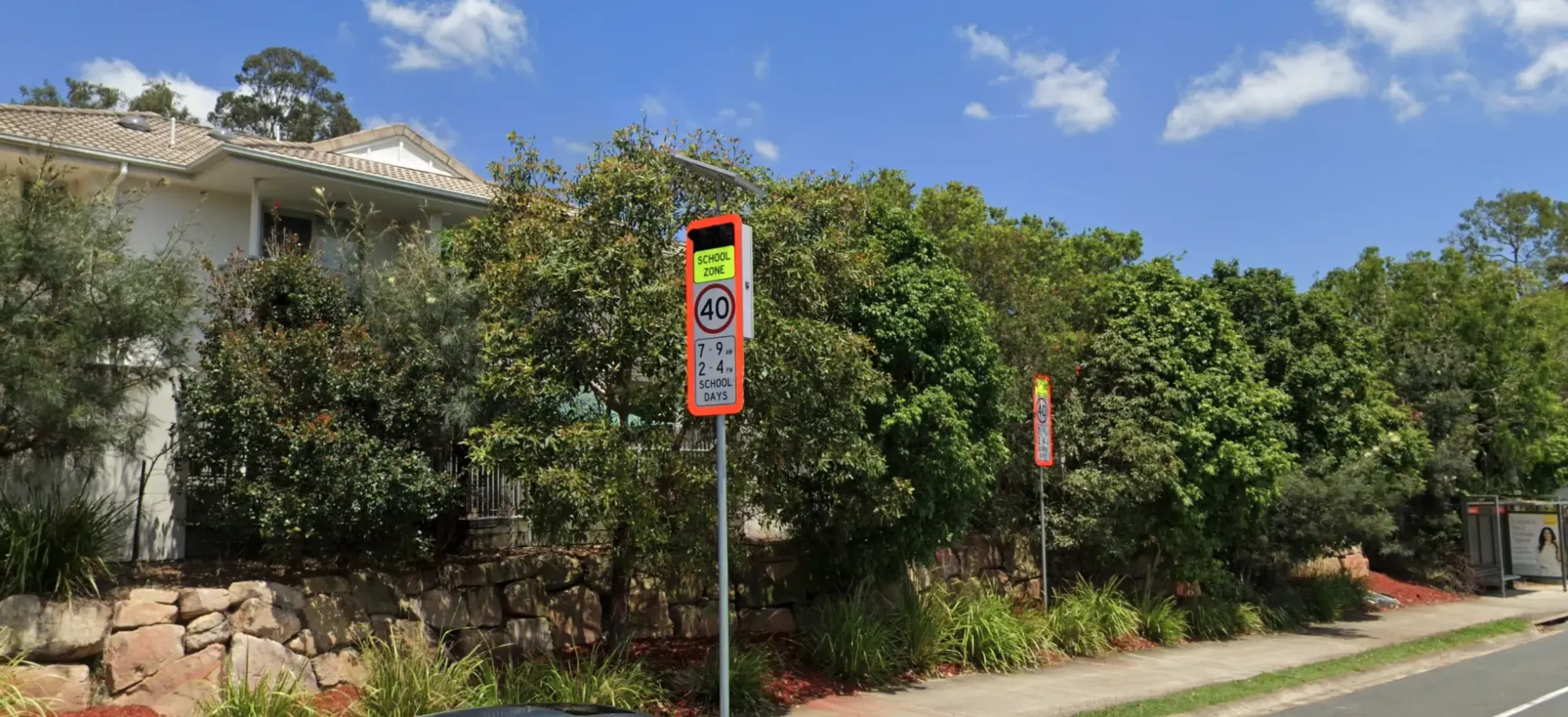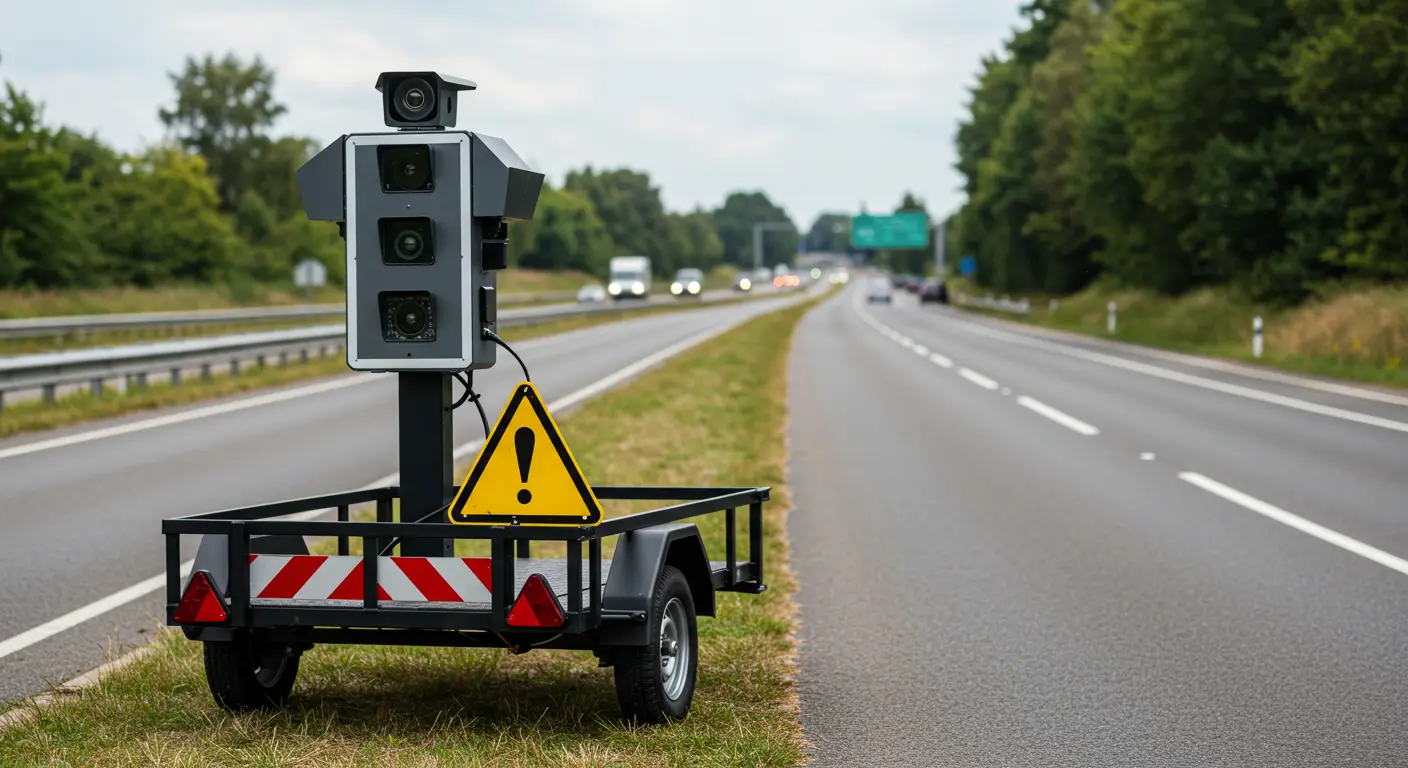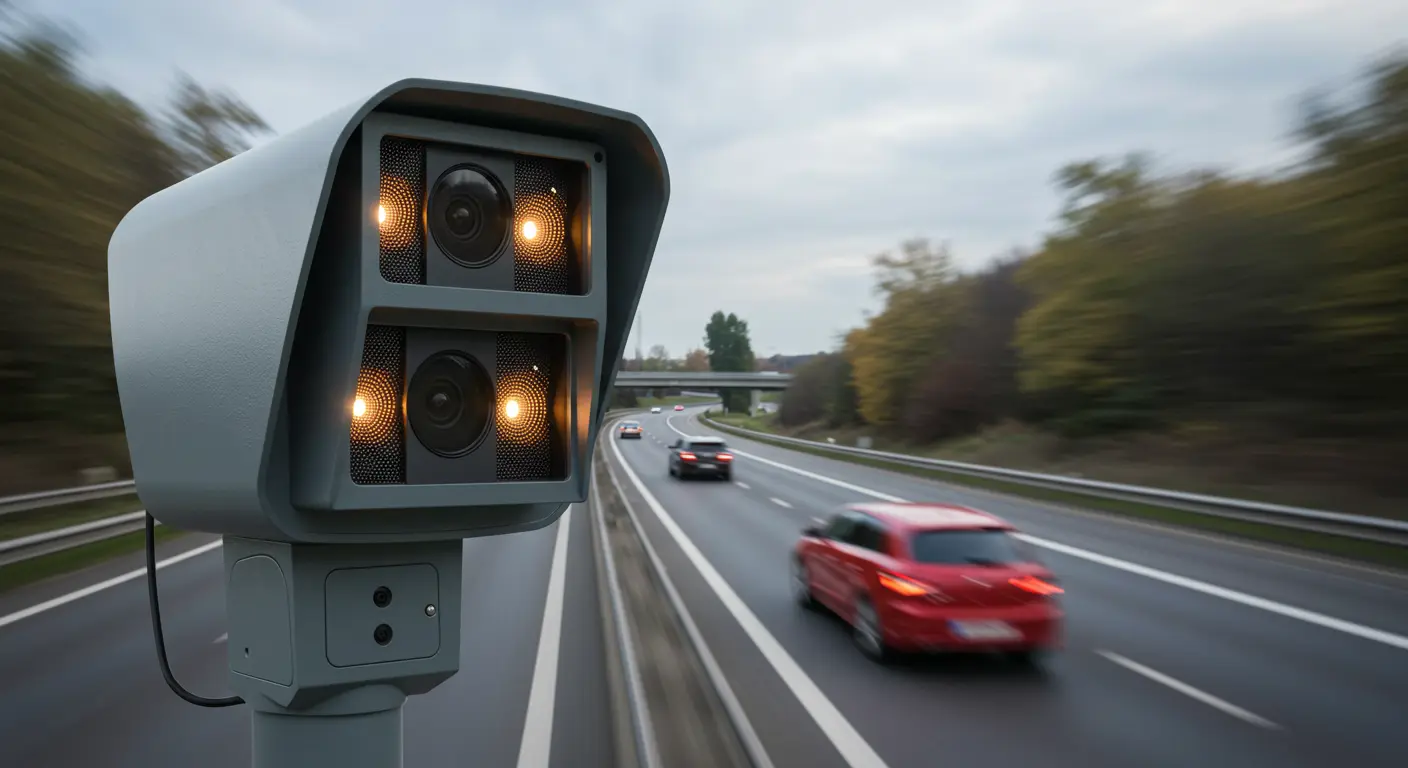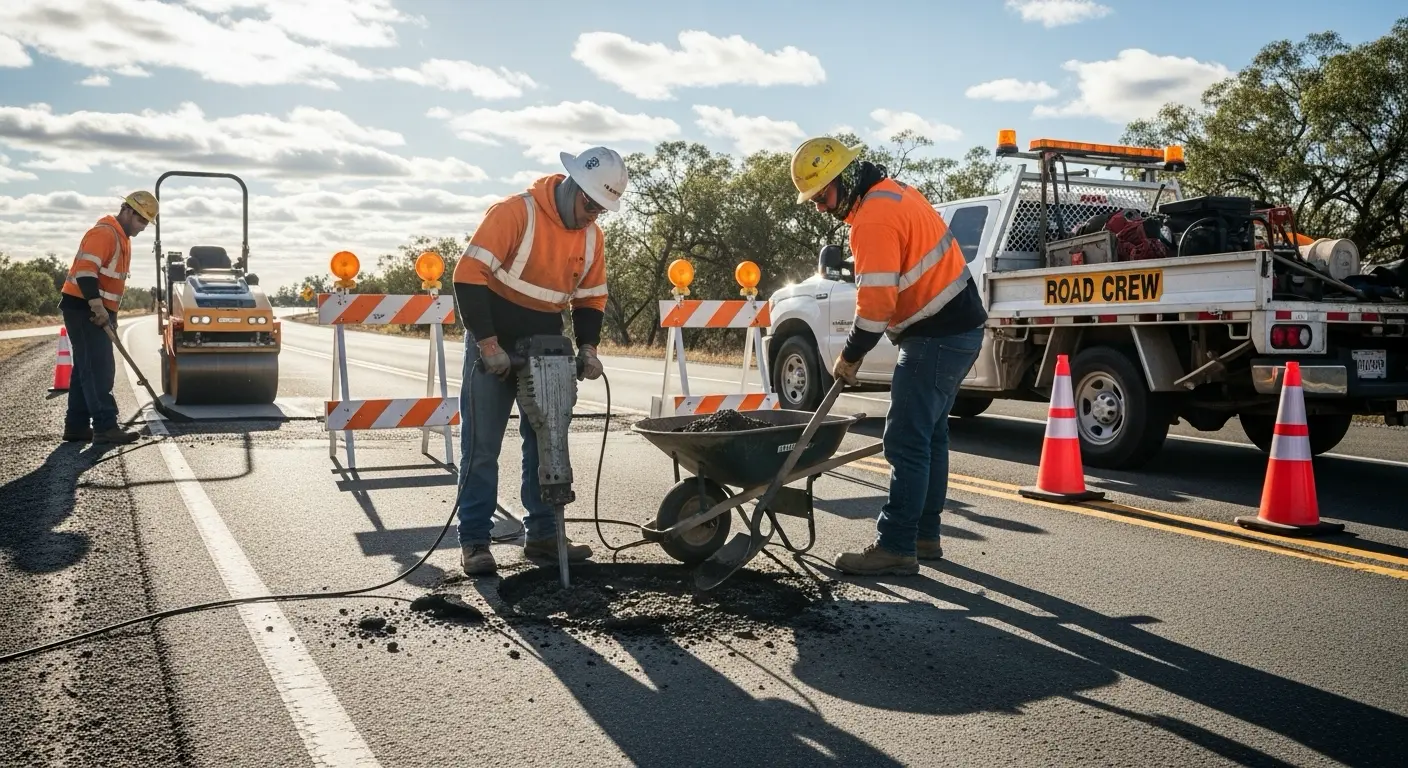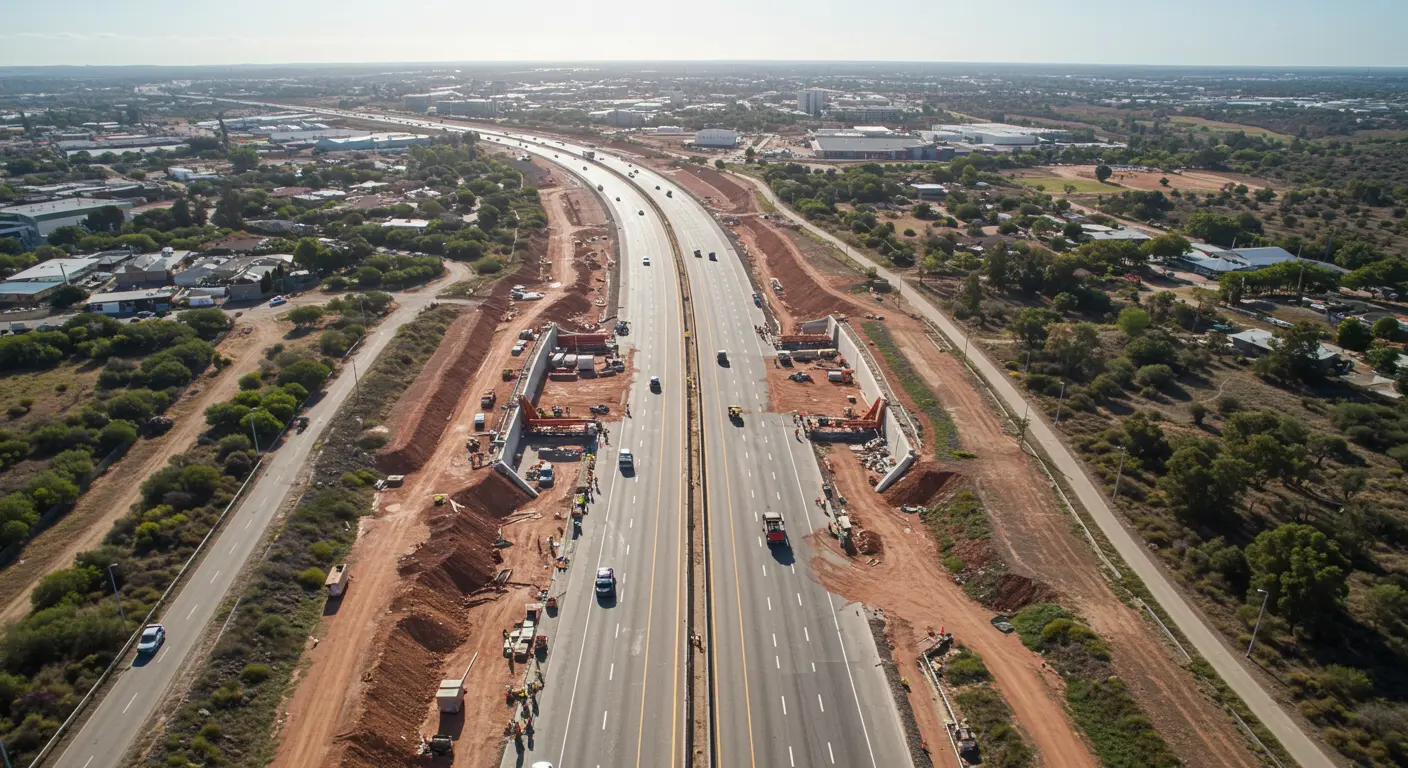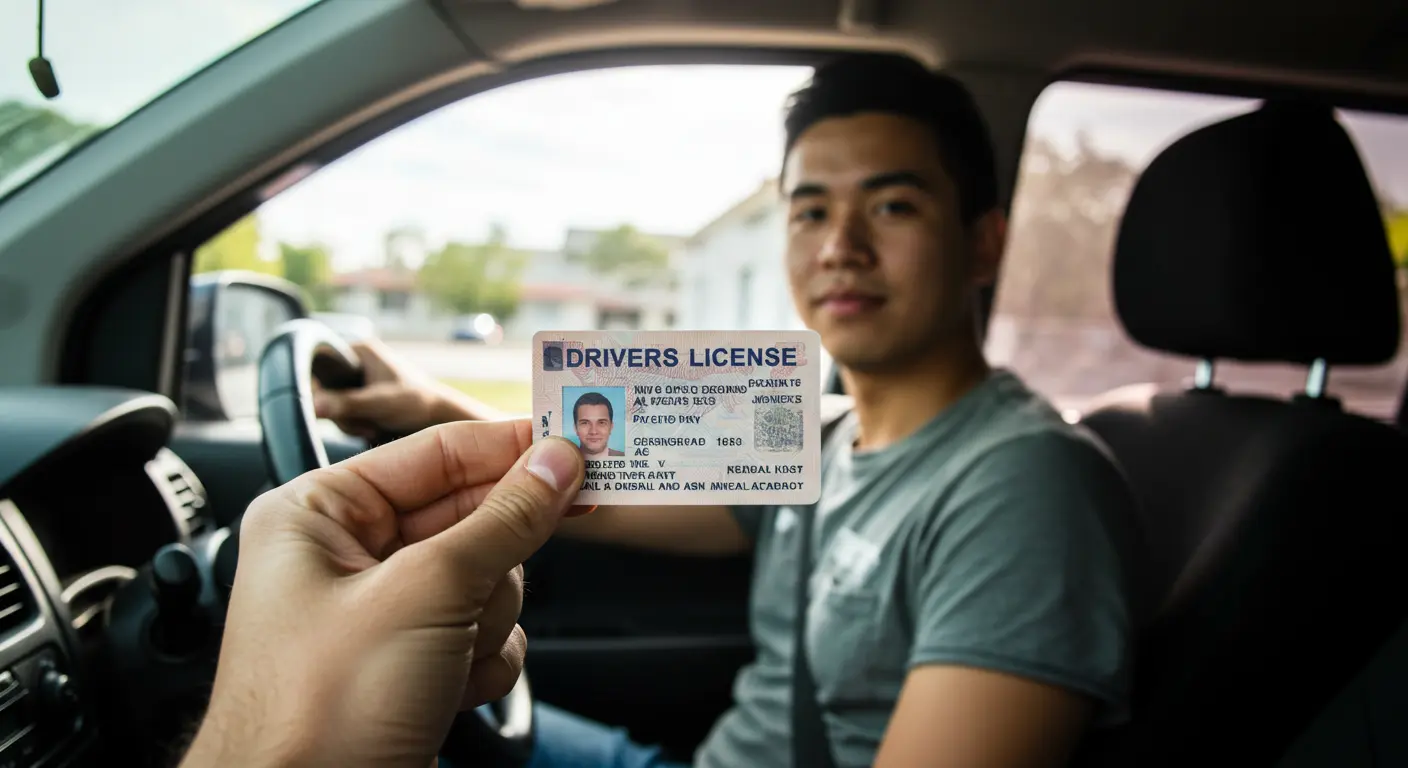A driver in Western Australia is under investigation after allegedly parking a four-wheel drive in front of a speed camera on Sandford Road in Albany. The act is believed to have obstructed the camera’s operation, prompting a response from local authorities.

The incident reportedly involved the vehicle being positioned next to the speed camera operator’s vehicle, with the driver also holding a sign warning other motorists about the speed camera ahead.
Legal Implications of Obstructing a Speed Camera
Under WA law, deliberately interfering with or obstructing the function of a speed camera may be considered obstructing police. This is a criminal offence that can carry penalties including fines or up to three years in prison. Authorities confirmed that if a vehicle is parked in a way that prevents a camera from detecting speeding vehicles, it falls within this offence category.
WA Police have reminded the public that speed camera operators are authorised personnel performing lawful duties, and any form of obstruction or harassment directed at them is not tolerated.
Are Speed Camera Warning Signs Legal?
While physically obstructing a speed camera is illegal, holding a sign warning drivers about a nearby speed camera is not against the law in WA—as long as the sign holder does not interfere with the camera’s operation. This means individuals may alert other drivers about enforcement activity, but cannot compromise the functionality or view of enforcement equipment.

Flashing Headlights to Warn Drivers
Flashing headlights to signal other drivers about upcoming speed cameras is a technical breach of road rules. Drivers flashing high beams within 200 metres of another vehicle may receive a $100 fine and one demerit point. However, enforcement is often discretionary, as flashing lights can also be used to warn about immediate road hazards, such as animals or crash sites.
Road Safety Remains the Priority
The broader message from authorities is clear: the most effective way to avoid fines—and prevent crashes—is to simply adhere to posted speed limits. Emergency services personnel continue to deal with the aftermath of road trauma, which carries significant emotional tolls.
WA continues to invest in road safety initiatives, including the introduction of new freeway cameras designed to monitor not just speed, but also mobile phone use and seatbelt compliance. In 2025, the state will also introduce lower speed limits across hundreds of roads in a bid to reduce crash rates and fatalities.
Motorists are encouraged to stay informed about legal requirements and focus on safe driving practices. Enforcement measures are not just about penalties—they aim to protect lives on Western Australia’s roads.
Disclaimer: This article is for informational purposes only. For official updates and legal advice, refer to WA Police or the Road Safety Commission.
